
South Carpathians lakes
South Carpathians lakes
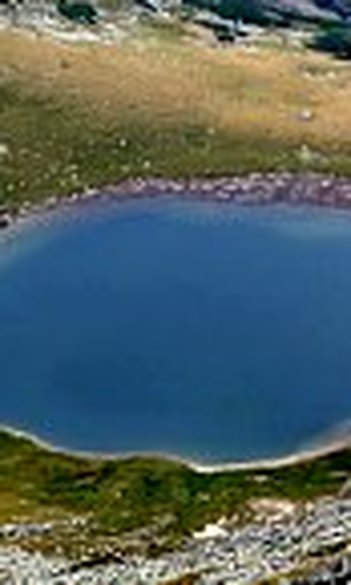
The aim of the research
The combined effect of warming and accelerated human impact has resulted in unprecedented rates of ecological change in alpine lakes with near-complete turnover in micro-invertebrate communities over the last centuries. Mountain lakes in the South Carpathians have also undergone rapid changes partly due to intensive mountain grazing in the 19th and 20th century and partly because of the recorded warming and trophic level increase of the lake water (Tomasz et al., 2007; Szabó et al., 2020). To see the driving forces and consequences of these changes on the lakes’ ecosystem, our research focuses on the assessment of rapid ecological status changes in several alpine lakes of the South Carpathians (Figure 1). Multi-proxy analyses on short sediment cores will be used to determine the reference conditions before human impact, to reconstruct the rate of ecosystems change in response to climate change, measure anthropogenic pollutants and work out mitigation plans.
This knowledge is used to inform local, national and continental scale decision-makers about the human benefits derived from these lake systems, the safe operating spaces of lakes and their catchments, and the likelihood of potentially abrupt, irreversible ecological change. We also provide baseline conditions that should be targeted during the restoration works.
Sampling of the alpine lakes
Since remote mountain lakes can act as 'early warning' indicators for less sensitive sites and the wider environment, we would like to use this characteristic of these lakes. By the high-resolution (1-2 cm) study of 3 alpine lake short sediment cores (Figure 2) covering the last 500 years, our aim is to provide a profound review of the type and behaviour of pressure-response relationships of these alpine lakes and the region.
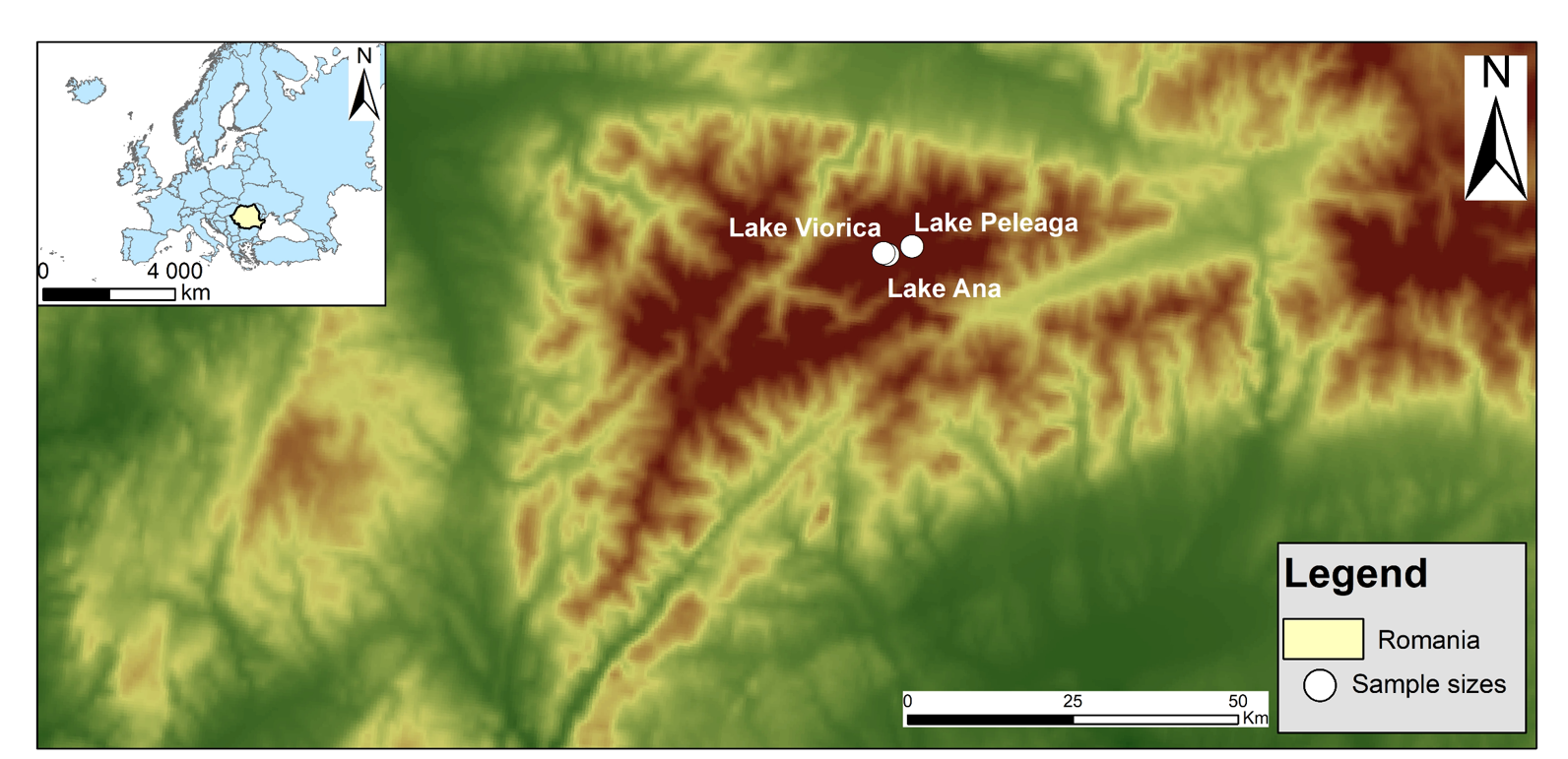
Figure 1 Sampling sites from the Mt Retezat in the South Carpathians.

Figure 2 The top view images of the sampled lakes (a – Lake Viorica, b – Lake Ana, c – Lake Peleaga)
Sampling sites
We analysed three glacial lake-sediment sequences from the southern flank of the Retezat Range (Figure 1).
Lake Viorica (Figure 3/a) at 2070 m a.s.l. is a small lake (area: 1.3 ha, maximum water depth: 2.15 m) that has an outflow towards Lake Ana. The sediment core was gained under 2 m water depth.
Lake Ana (Figure 3/b) at 1940 m a.s.l. is a small lake (area: 3.1 ha, maximum water depth: 11.5 m) that receives water from an inflow stream from Lake Viorica and has an outflow towards Lake Lia. The sediment core was gained under 10 m water depth.
Lake Peleaga (Figure 3/c) is situated at 2122 m a.s.l. It is a small shallow lake (area: 1.72 ha, maximum water depth: 6 m). In the case of the Lake Peleaga we got the core under 6 m water level. Lake Peleaga gets water from smaller periodic inflows.
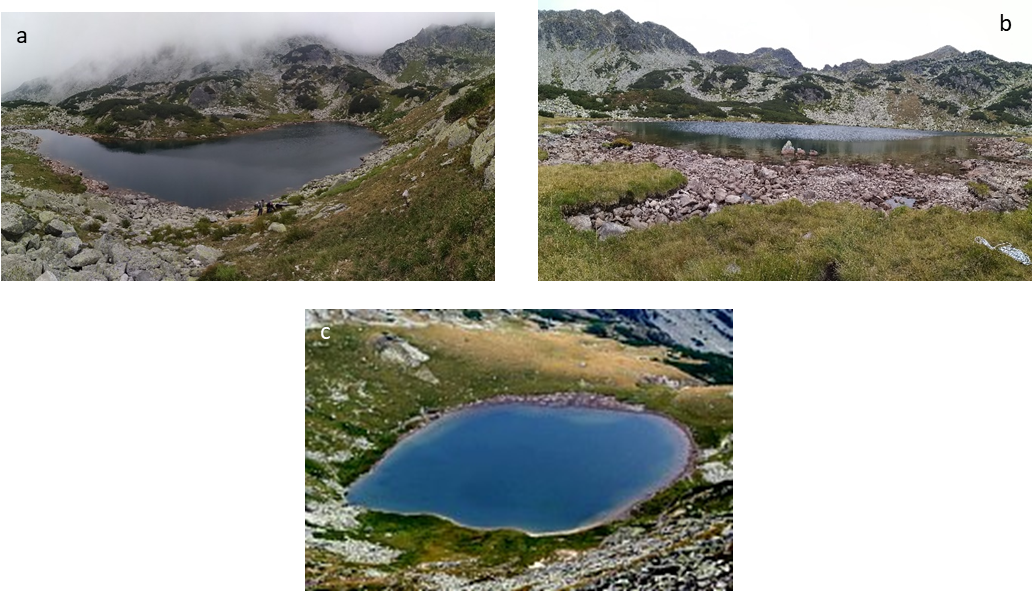
Figure 3 The alpine lakes and their surroundings (a – Lake Viorica, b – Lake Ana, c – Lake Peleaga)
The field work for coring the sediment samples was carried out in August 2021. A 23-cm sediment core was retrieved from the central part of Lake Ana, a 38-cm core was taken from the Lake Peleaga and a 40-cm long core was taken from the Lake Viorica using an Uwitec gravity corer (Figure 4/b) and a belly-boat (Figure 4/c,d).
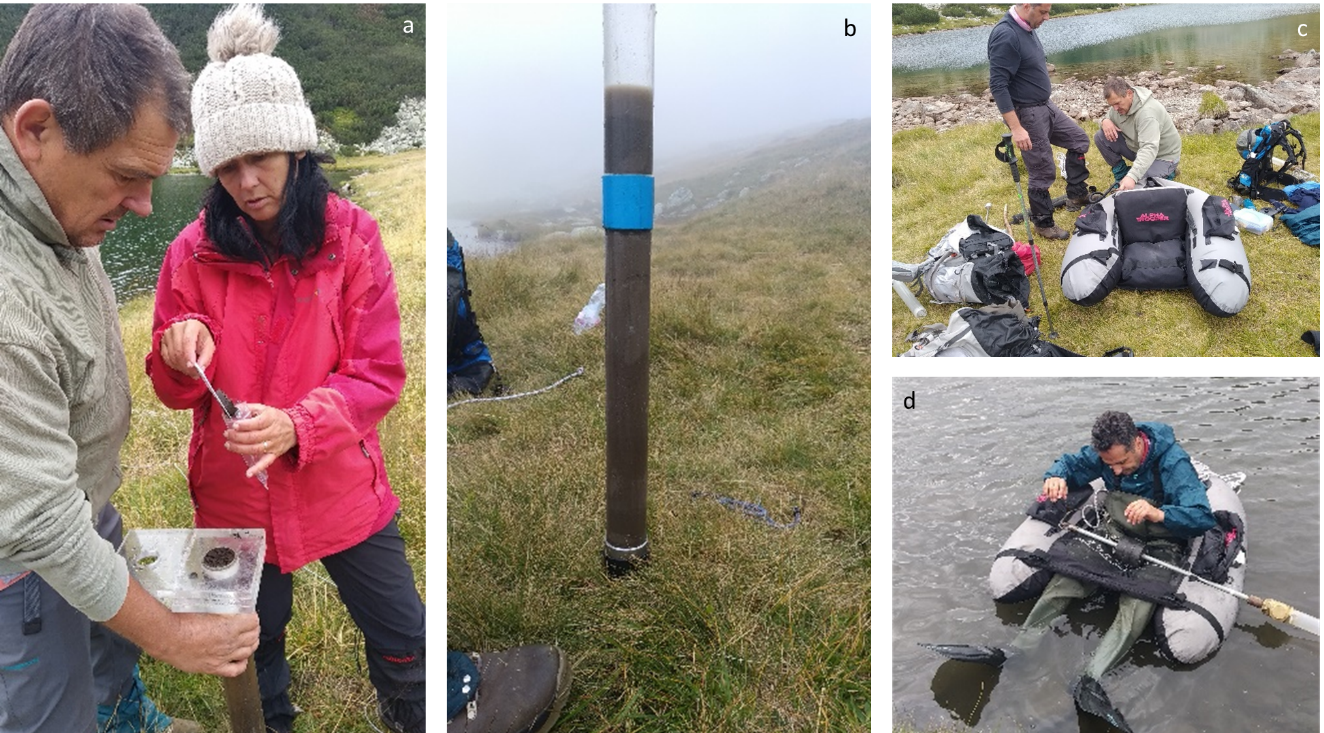
Figure 4 Sampling of the alpine lakes with gravity corer (a – slicing of the sediment on the field, b – the sediment core in the plexy tube right after the sampling, c – preparing for the coring, d – in the belly-boat)
Planned analysis
- Radiometric dating of the sediment cores by 210Pb/137Cs
- Pollen analysis - surface vegetation cover - reconstruction of vegetation changes, climate reconstruction
- Water quality (pH, dissolves oxygen content, conductivity)
- Geochemical analysis (chlorophyll-a, major and trace elements, TOC, C/N, TN, N-isotope analysis)
- Chironomid analysis
- Cladocera analysis
- Diatom analysis
- eDNA - algal flora transformation
Preliminary results
Chironomid analysis
Chironomids are widely used paleoenvironmental indicators as they are widespread, abundant and react fast for the environmental changes. Their well fossilized head capsules of the larval stage are the most often encountered remains in lake sediments, therefore they can be used for paleoecological researches. Our aim was to detect the reaction of the chironomid fauna on the human impact and climate change and increasing environmental pressure in this less investigated high mountain area of the South Carpathians.
The chironomid analysis included the interpretation of the taxon abundance changes (see most frequent taxa in Figure 5), the taxon richness and feeding trait changes along the cores. In the case of Lake Ana and Lake Peleaga, our preliminary data about relative frequency changes of the taxa suggest that the top layers of both lakes display a rapid shift towards increasing trophic level (the growing abundance of Tanytarsus lugens-type, Psectrocladius sordidellus-type and Orthocladius type-S indicates that). The transformation of the chironomid community was primarily driven by summer mean temperature increase that also changed the dominant feeding guild from collector gatherers to collector filterers since grazing pressure has not increased in the Retezat in the last decades due to the strict legislations of the national park. Further research (involving other proxies and higher resolution) is needed to get an exact picture about the share of human impact and climate change in the ecological shifts of these alpine lakes.
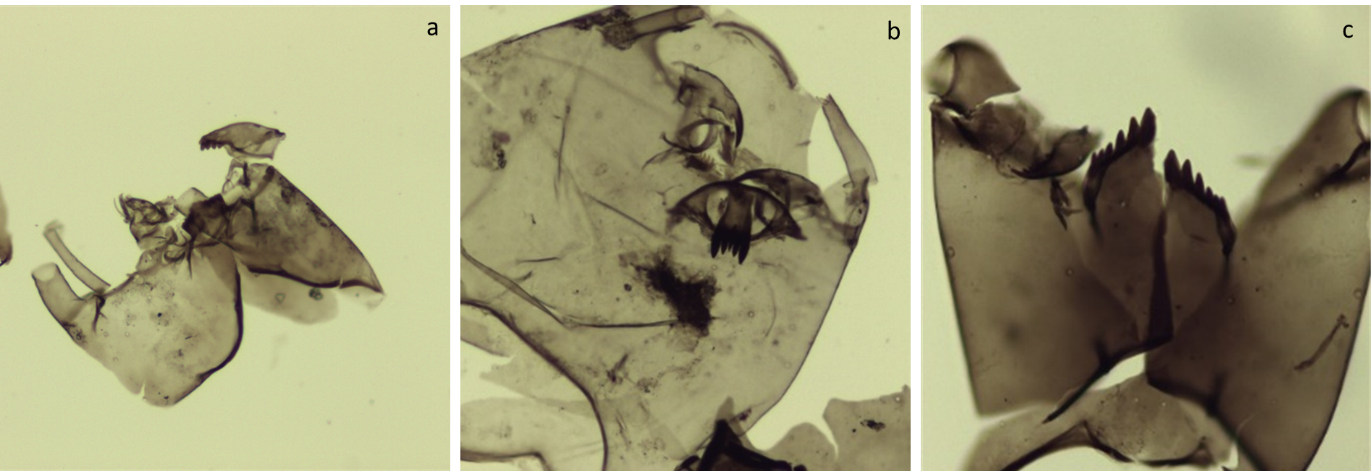
Figure 5 Frequent taxa from the studied lakes (a – Tanytarsus lugens-type: It occurs in the littoral of relatively warm, productive lakes and tolerates acidic conditions. b – Procladius: Abundant in mesotrophic and eutrophic lakes. Occurs in fine sediment of the profundal. c – Heterotrissocladius marcidus-type: It occurs in the profundal of cold oligotrophic lakes. Good indicator of climate change.)
SPDU analysis and LOI analysis
In the case of Lake Ana and Lake Peleaga, SPDU (Sedimentary Pigment Degradation Unit) and LOI (loss on ignition) analyses were carried out.
The increases in the LOI values indicate higher inorganic matter input (or lower organic input) and erosion events, while increasing SPDU values mean higher productivity of the lake water.
The SPDU and LOI results from the Lake Peleaga and Ana were in good correlation with the trophic changes concluded from the chironomid taxon abundance alterations. In the case of Lake Ana, SPDU values changes together with the LOI values, but in the case of Lake Peleaga the alterations are quite the opposite of each other. The explanation needs further investigations.
References
Szabó, Z., Buczkó, K., Haliuc, A., Pál, I., L. Korponai, J., Begy, R. C., Veres, D., Luoto, T. P., Zsigmond, A. R., & Magyari, E. K. (2020). Ecosystem shift of a mountain lake under climate and human pressure: A move out from the safe operating space. Science of the Total Environment, 743. https://doi.org/10.1016/j.scitotenv.2020.140584
Walczykiewicz, T., Barszczyńska, M., Biedroń, I., Czernecka, J., Kubacka, D., Rataj, C., Paluszkiewicz, B. (2007). Report on water resources and natural disasters (climate change) and flood risk mapping. Institute of Meteorology and Water Management. Branch office in Cracow, p 106
Vallentyne, J. R. (1955). Sedimentary chlorophyll determination as a paleobotanical method. Canadian Journal of Botany, 33(4), 304–313. https://doi.org/10.1139/b55-026

